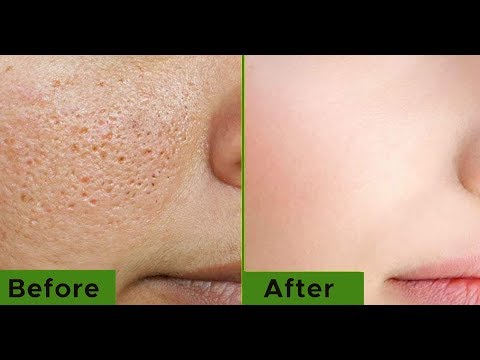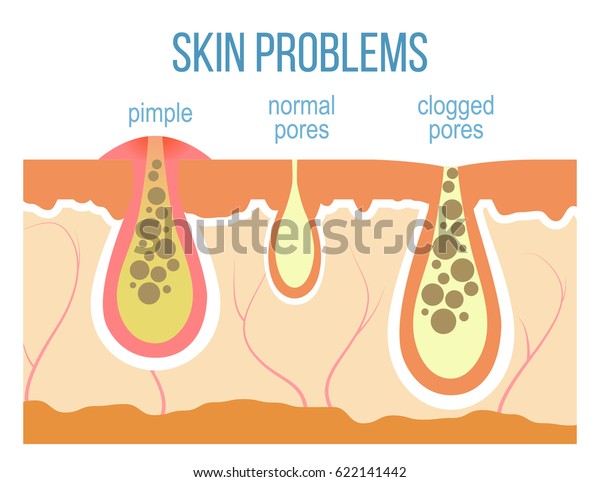Acne and Clogged Pores

Oil glands, or sebaceous glands, are located in the middle layer of the skin. These oil glands produce sebum, a substance that lubricates the skin and hair. As you grow older, your sebaceous pores increase in size and production. When they become clogged with dead cells and skin bacteria, the resulting inflammation can lead to blackheads and whiteheads.
The condition is caused by the buildup of dead skin cells in your pores. This can lead to whiteheads, blackheads, and a dull complexion. To determine the best treatment for your condition, consult a dermatologist. It is possible that a clogged pore is a sign of an underlying medical problem. A visit to a dermatologist may help you determine the right treatment for your skin type and symptoms.
Acne is a result of clogged pores. Bacteria get into the pores and cause inflammation. The resulting pimples are known as comedones. The more clogged pores, the more likely it is that you will develop acne. It can be either a superficial or deep form, and it can range from whiteheads to blackheads. If it is deep, it may turn into a pus-filled cyst or an abscess.
When pores are clogged, bacteria can enter them and cause acne. Depending on the type of acne, a clogged pore can cause acne or nodules. Nodules are larger cysts than pimples. Sometimes, the acne will look like a boil, but the cyst is an infection caused by a staph infection. To keep acne at bay, it is important to wash your face frequently with a mild soap. Using harsh soaps may aggravate your condition.
The clogged pores cause the acne to form. When the pores are clogged, bacteria can enter them and cause a skin infection called acne. Symptoms of acne range from pimples to blackheads. When a pimple forms, it is a sign that the pores are plugged. This is why it is important to make sure you use only cleansers and moisturizers that are free of pore-clogging ingredients.

Whether you’re prone to acne or not, it’s important to take care of your skin as much as possible. Your daily routine will expose your skin to a variety of debris and dead skin cells. A clogged pore will cause your skin to produce excess sebum and a swollen pimple can cause scarring and acne. If you have a clogged pore, it’s crucial to find a spot treatment as soon as possible.
Clogged pores can also be the cause of acne. Your pores cannot function properly when they are clogged and these bacteria can cause acne. Clogged pores are an inflammatory condition that makes them look and feel worse. There are several causes of acne and various treatments. In many cases, clogged pores are the underlying cause. There are various medications on site https://handaldok.com/, but acne treatment depends on the underlying problem.
Clogged pores can be a sign of acne or an underlying condition. If the pores are clogged, dead skin cells will accumulate, resulting in whiteheads and blackheads. It can also lead to a dull complexion. Therefore, it is important to consult a dermatologist as soon as possible. Once you find the source of the problem, you’ll want to take steps to fix it as quickly as possible.
The first step in a treatment plan is to determine the cause of acne. This condition is caused by clogged pores. This condition is caused by an overproduction of sebum by the sebaceous glands. When these glands are clogged, they produce more sebum than usual. Clogged pores are the result of overproduction of sebum. Acne treatment begins with the removal of sebum and dead skin cells.
In addition to preventing acne, it is important to remove clogged skin pores and blackheads as quickly as possible. There are a number of products on the market that can help you achieve these results. By using a chemical-free product, you can reduce the amount of sebum produced by your sebaceous glands. The combination of oils and sebum can clog your skin and make your pores more visible.
